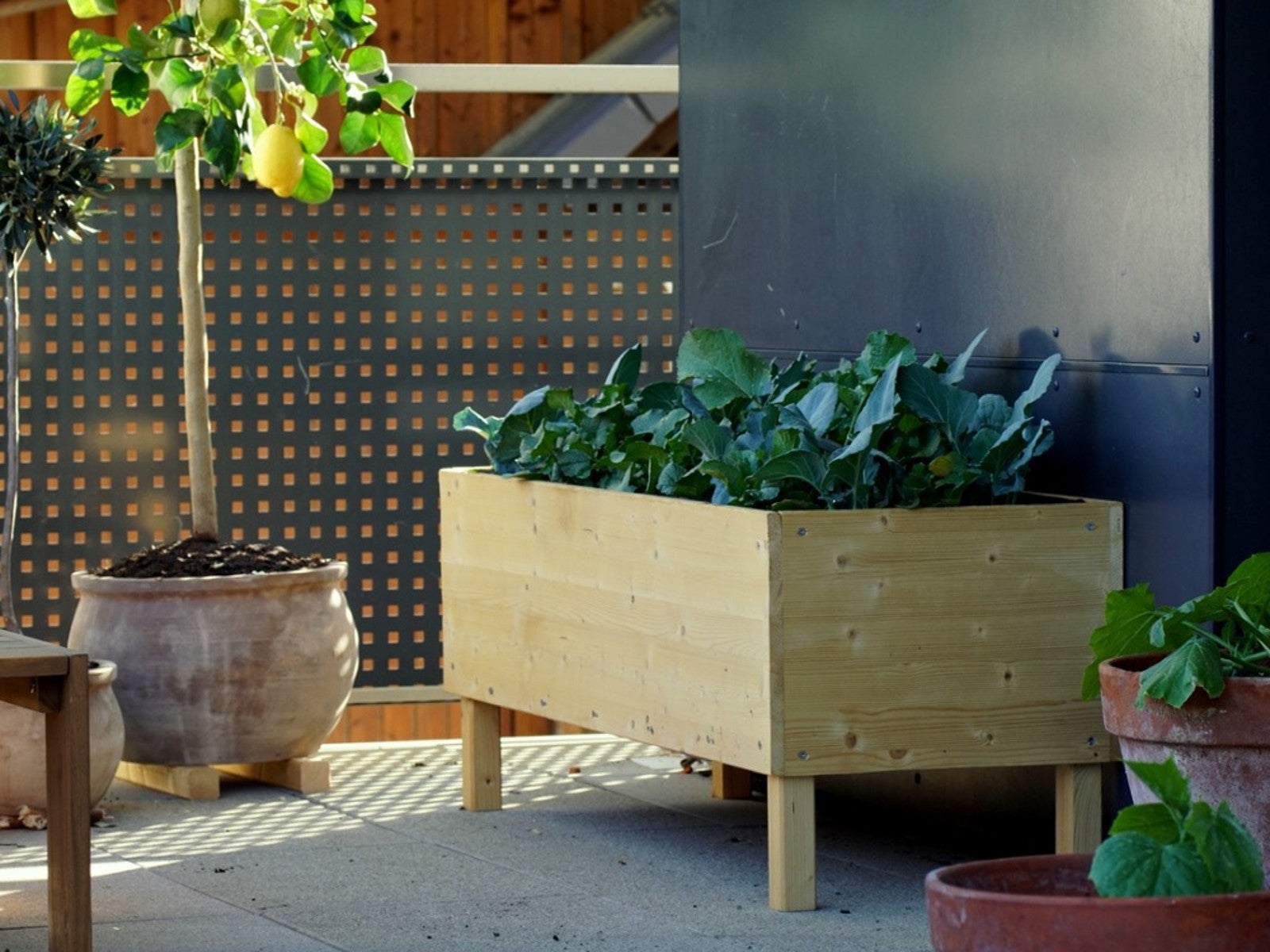Tips For Growing Vegetables In Small Spaces


Not every gardener has the luxury of ample space to grow all the produce their family needs. Luckily, there are ways to improve yields from a small backyard vegetable garden. All it takes is a little preplanning and attention to detail. Here are a few tips for turning your small garden into a more productive gardening space.
Plant Choices for Small Gardens
Not all vegetables are well-suited for small-space vegetable gardening. Some crops require copious amounts of room, while others produce a limited number of fruits per plant. Choosing types and varieties of plants which produce high yields in limited space is one of the easiest methods for improving productivity in the small garden.
- Compact varieties – Depending upon your productivity goals, space-saving dwarf and patio varieties may meet your family’s vegetable needs. Consider compact plants such as Tiny Tim tomatoes, Baby Belle peppers, or Spacemaster cucumbers.
- Growth pattern – Bush and determinate vegetables tend to be more compact and take up less space than vining and indeterminate types. However, the former tends to have a shorter harvest period. Choose the type which best meets your family's needs and trellis vining plants to save space.
- Vertical cultivation – Trellising vining-type vegetables reduces the space these plants require. While pole beans, cucumbers, and tomatoes are popular choices for trellising, vegetables such as melons, malabar spinach and winter squash can also be grown vertically.
- Plant seasonally – Choosing fast-maturing crops can give gardeners three seasons of harvest per square foot of space. Plant peas, radishes or lettuce in the spring, followed by bush beans in the summer and bok choy or kohlrabi in the fall.
Small Vegetable Garden Ideas
High density or intensive gardening techniques are another method for improving the productivity of a small garden. These can be implemented when designing a small vegetable garden or adding to an existing plot.
- Raised beds – Rectangular blocks containing several closely-spaced rows of plants can increase the available square footage for growing veggies by reducing aisleways between the rows.
- Companion planting – Research shows that growing mutually beneficial species together saves space, reduces pests and improves pollination. The “three sisters” practice of planting corn, beans and squash together is one type of companion planting.
- Interplanting – In this practice, a fast-maturing crop is planted amid a slower growing one. Sowing spinach and corn seeds in the same space allows gardeners to harvest the spinach before the corn plants need more space.
- Avoid overcrowding – While intensive gardening methods are designed to grow more vegetables in less space, planting more closely than the plant's minimal spacing requirements can lead to decreased yields. Overcrowding increases disease pressure as well as competition for nutrients, water and sunlight.
- Resist overplanting – Vegetable plants such as zucchini, pole green beans and tomatillos will continue to flower and fruit when harvested regularly. Be sure to limit the space devoted to these types of crops to avoid unwanted veggies.
While these techniques make it possible to grow vegetables in small spaces, following recommended cultivation practices will increase garden yields and make any size garden more productive. Be sure to address each crop's basic requirements for sunlight, water and supplemental nutrients. Plus, weed regularly to reduce competition for these resources.
Sign up for the Gardening Know How newsletter today and receive a free copy of our e-book "How to Grow Delicious Tomatoes".

Laura Miller has been gardening all her life. Holding a degree in Biology, Nutrition, and Agriculture, Laura's area of expertise is vegetables, herbs, and all things edible. She lives in Ohio.